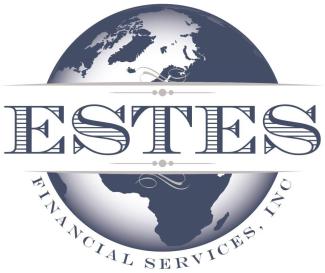In many respects, people can be their own worst enemies in their quest for financial security. When you consider that our lives are nothing more than a culmination of the decisions we make each day, if we tend to make more bad decisions than good decisions, or worse, if we can’t make decisions at all, it’s should be no surprise when financial security remains elusive.
If you haven't started planning for retirement yet, it's not too late.
If you have any doubts about meeting the tax deadline, you may want to consider filing for an extension.
Considering donating to a cause? There's a few things you should check first.
A growing number of parents are becoming concerned over the limitations of their college savings options and the poor returns they’re generating. 529 college savings plans have been criticized for their anemic returns and high fees, and parents are often limited to plans available in their state.
Tax scams are likely to increase over the next few months. Here’s how to spot one.
April 18th is fast approaching. Here's how to stay organized so you can get your taxes filed.
At the core of any successful financial enterprise, be it a household or a business, is a sound and effective budget plan that is used to drive all cash flow decisions, large and small, on a daily basis.
ETFs and index mutual funds are emerging as the investment of choice for investors who are discovering the virtues of passive investing. Not surprisingly they have both seen an explosion of growth and are especially popular choices for retirement plans and investors with a long time horizon.
With the popularity of robo-advisors, are financial professionals still necessary?








